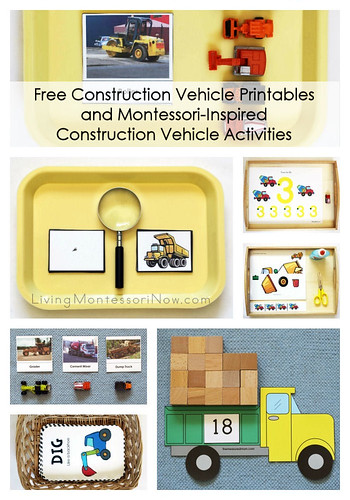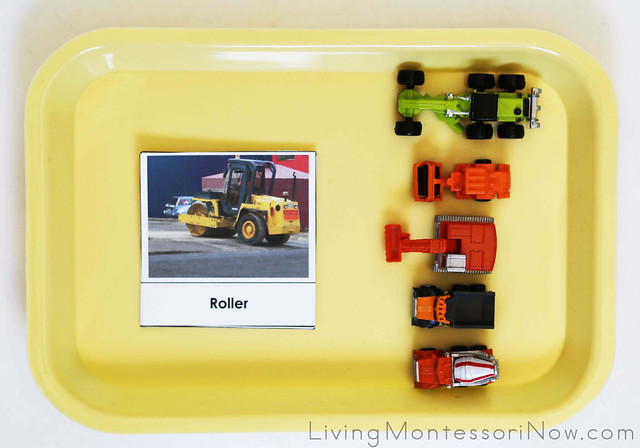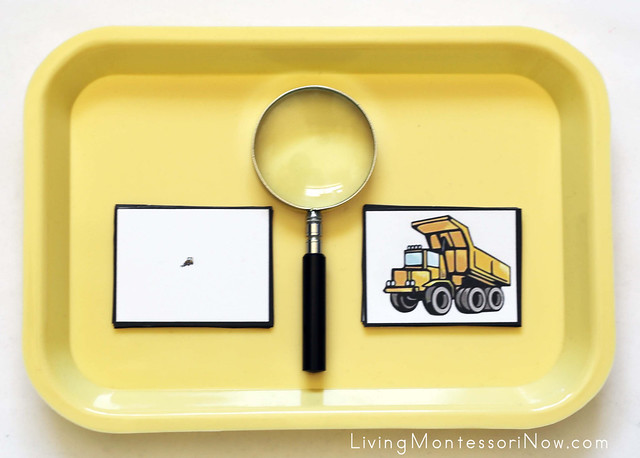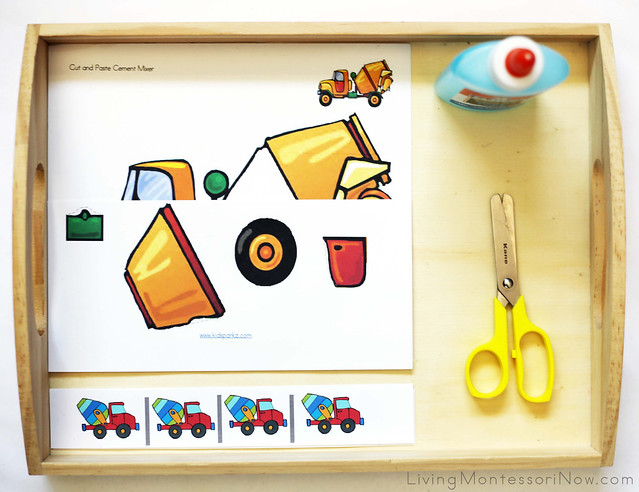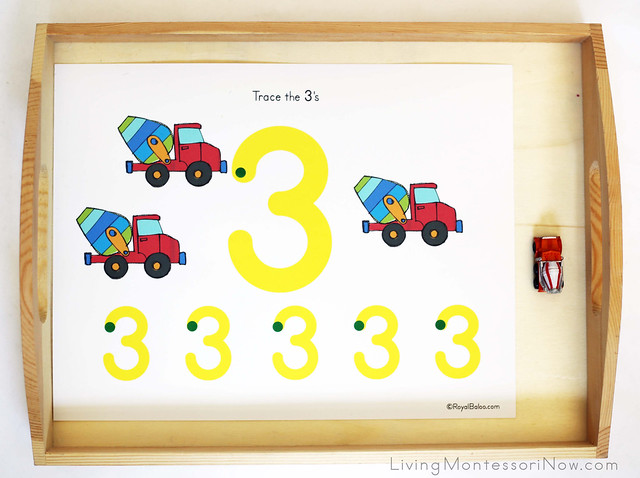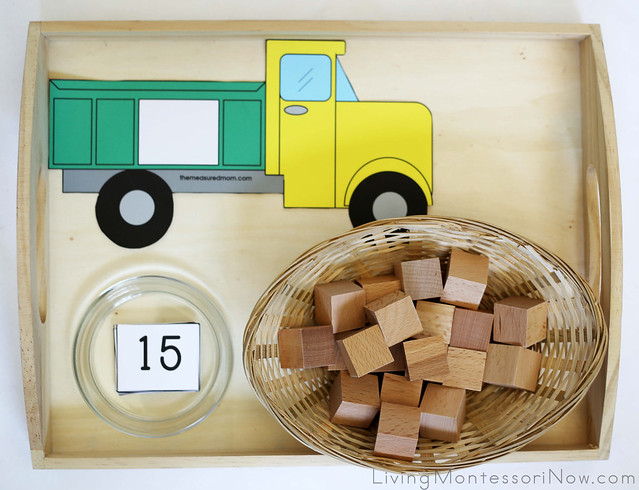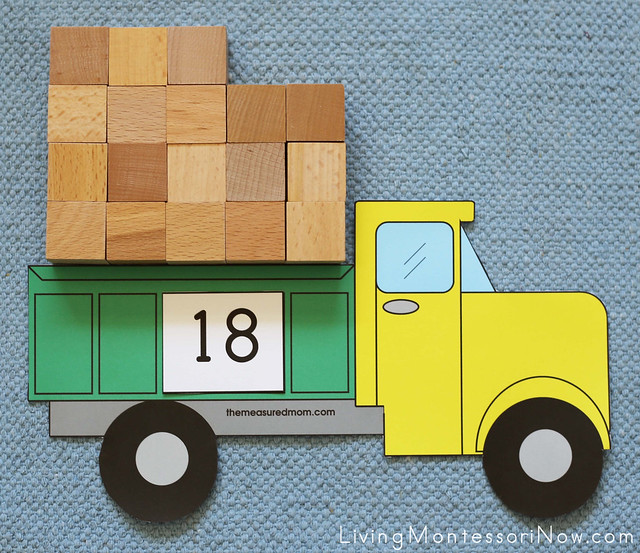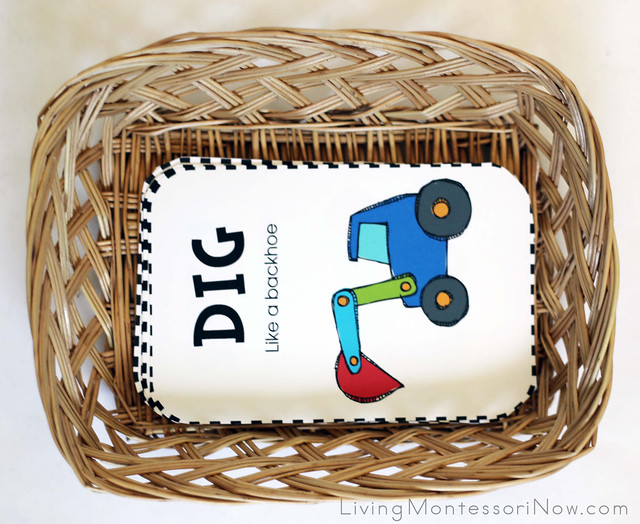“Posts should be
short. People don’t expect or want books when they read a blog.”
Brigid’s
husband
Hello, everyone.
Ms. Brigid here, from Merit School of Music in
Chicago, IL. Thank you for joining me! My post today arrives in three
parts. Part I – Parallels between gardening and teaching, Part II – Typographic
art apps to repurpose for writing
thank you notes, and Part III - Garden in June.
Enjoy.
Part I: Garden Lessons
With the understanding that art is
purely subjective.
1. Welcome what
gladdens the eye, nourishes the heart, and brings wonder – then pass it on!

Gardening is working with growing
things in a constant state of becoming. It’s simultaneously a solitary and
communal experience. Based on the success of the previous growing season
(reflection), the ideas gathered from other’s gardens (observation) and
preference, I plant and transplant, dig, discard, and hope. I hope to distill
beauty and share what brings me the greatest joy. Hope that the garden will
inspire and be carried on by of those who see it.
Teaching mirrors the same process: Reflection and observation of what works, what doesn’t and why. A quest of sorts, it requires making a deeper connection to not only those one works with, but also to the material chosen. Sometimes things don’t work. Try something else. Improvise. Embrace outside solutions or collaborate. Create. Choose songs/stories/ musical activities that resonate both personally and with your group. Make sure they are, in Dr. John Feierabends words,“…still
delicious after 30 repetitions.” Then pass them on.
2. Seek out the sun.
Take pleasure in the present. Smell the roses, notice the
new bud, and celebrate thriving transplants.
Savor the moment, after weeks or months of non-participation,
when a child takes part in an activity or sings for the first time. Delight in
the laughter that ensues when you introduce a stuffed rabbit to be erratically
bounced on a parachute during “John the Rabbit” (Oh, yes!).
3A. Let it grow! Let
it grow! Plants do what they do best – they grow.
Channeling “Frozen” here
(sorry). The plant cycle is simple and profound: Sprout, thrive, send out roots,
grow up, leaf out, bloom, pass it on, and give back.
It would be nice if the biologic imperative were so simple
when applied to children (or myself). Nevertheless, my job in the garden and
the classroom is the same – to facilitate the process!
3B. Life is interconnected, and richness comes from multiplicity, not uniformity.
 |
| Sedum golden acre - with a million golden stars. |
Students continually come up with delightful and unique ideas that would never occur to me a million years. Their contributions often change the direction of our class or scope of inquiry for the
better!
Whether it’s a garden or a lesson, this applies. If too much
content/matter is pushed into too little space/time with not enough clarity/reason,
everything suffers!
5. Notice. Welcome the
unexpected. Gardening is science and visual art at its purest and most
accessible.
6. Never say never.
For years I ignored zinnias – now I can’t get enough of
their brightness.
Teaching children and adoring it? Me? Never! Never say never!
7. Bunnies are
everywhere.
Hitchcock had “The
Birds.” Skokie has the bunnies, bands
of marauding bunnies, and chipmunks,
squirrels, possums, skunks and occasional coyotes (No raccoons as of yet. That was
our old house!). Who knew the ‘burbs could be so wild. Sigh.
Teaching necessitates adaptation and resilience. Who knew
life could be so wild. Sigh.
8. The universe
provides.
The Husband says this is getting too cosmic, so I’ll let you
interpret this on your own!
 |
| Long live petunias! |
9.
Say thank you.
Thank your garden or the cheery pots on someone’s porch or
balcony. Really. In movies, there are often “My compliments to the chef”
moments. Why not say (or think) “My complements to the gardener” when you
encounter plants doing what they do best – growing and blooming.
It’s always time to say “thank you.” Embrace Buberian philosophy at it’s simplest, and treat everyone and everything as a “thou”
rather than an “it.”
Part II: Three Thank You Apps
June is the season for endings and new beginnings, graduations, partings – and writing thank you notes. While an abundance of excellent e-card services have done wonders for my erstwhile erratic approach, further rehabilitation has arrived
with the advent of typographic art
apps. Saying
“thank you” has modulated from a dreaded task (I’m sorry – I freeze up), to a
creative experience allowing the use of adjectives with abandon!

My
approach: Create a bank of
words
and phrases that center not only on the occasion or gift, but on the giver’s
attributes.
It is easy to include
personal details, names of other family members, etc. For example, if I were to send our cat, Bing, a thank you, I might input these words and phrases:
Perfect, cow cat, Princess Bing, purr, the best kitty in the world, soft, silly, ribbon chaser, sun and pleasure seeker, meowser, baby cat, Binglet, Will, Brigid, Briana (human family), Chico (dog).

Type as an expressive medium is not a new idea, but the
ability to use this tool has typically rested in the hands of graphic or
commercial artists. In the past few years, technology has changed all that. The
following
apps are perfect to use for personal and engaging thank you notes.
Each
app has it’s charm, quirks, and pleasures. All are currently priced at $0.99. Set your Apple Sliced app price alerts!
Tech Tip – If you’re not a fan of the iPad keyboard, type the text on computer and email it to your iPad. Copy and paste the text bock into the text window. Words can still be added or changed.
Color “theme,”
or “color scheme” is the term used for text colors. Text appears on
white backgrounds unless a colored
frame encloses the “theme.” The frame (black, purple, blue, etc.) indicates the
color of the background – a nifty feature present in all three apps.
Wordificator is the easiest of the three apps to use and provides a free
version, so lets start there.
The three icons on
the top of the screen guide you through the process successively.
Touching one activates a dropdown sidebar where choices are made, so the image remains visible at all times. Of special note: This is the only app of
the three that allows for phrase use.
 1.Click on the T
for “text” icon.
1.Click on the T
for “text” icon.
a. Input desired
words in the text block provided. Use quote marks (“ ”) around phrases you want
to stay together, i.e., “don’t worry,” “be happy.” The app is sensitive to punctuation. Delete commas!
b. Select a font
(upper case only) and font size. Font size can be easily changed with a slider.
Letter direction appears as horizontal,
vertical, or both. Words and phrases appear multiple times.
c. Text blocks will
be saved until you input another word block.
 |
| Wordificator with "same words, same color" option. |
2. Click the artist’s
palette icon to choose a variety of color themes.
a. “Same words same
color” may be turned on or off, depending on your vision.
b. Backgrounds
options are primarily white. Framed “themes” include purple, black, muddy turquoise and muddy brown (my designation). The
framing color will appear as the background.
 3. Click on the box
icon, and tap on “shape.” A page of twelve shapes appear, three of which can be used immediately in the free version. The other nine require a payment of $0.99 to remove the watermark.
3. Click on the box
icon, and tap on “shape.” A page of twelve shapes appear, three of which can be used immediately in the free version. The other nine require a payment of $0.99 to remove the watermark.
4.The final step:
Press “Wordificate” to watch the magic happen. If the ensuing image does not
speak to you, press it again, and the text will rearrange itself. The image may
then be immediately saved to your “camera”/photo album, emailed, copied,
messaged, printed and/or tweeted. At any point you can change theme, color palette, font, font size, or shape. You can even add additional words - then “wordificate” again! Fair warning: It's addictive.
What this app gets right: Dropdown sidebars are easy to use. Good sharing options. Free
version.
What needs help: It would benefit if more shapes and richer color “themes” were offered. The muddy mustard yellow hue should be terminated (art is subjective, and so is the visceral response to color!).
Of note: Wordificator
is available for computer-use
experimentation. The options are stripped down, but all of the templates are available sans cost!
Cloudart, like Wordificator, is a gateway app. Of the three, this is the only one
that allows for text blocks to be saved. It also provides the clearest
instruction. Upon opening the app, “press
the cloud button to begin” appears. Do so. A screen appears, the only time one
is used. Additional icons on the bottom of the screen control the text
manipulation from this point. A particularly
helpful feature: Pressing the circled question mark icon displays information on how to use the app – a rarity!
 “Color
scheme” and font choices are limited but nice. Access them through the settings
icon.
“Color
scheme” and font choices are limited but nice. Access them through the settings
icon.
Things to know: 1. No shapes, only text. Words randomly
interact on a rectangular background and layout includes horizontal,
mostly horizontal, vertical, crazy, and less
crazy – my favorite, by it’s mere existence.
2. Words don’t
automatically repeat, so need to be typed into the text box again if
repetitions are desired. Text blocks can be permanently saved through the
“share” function.

3.There is no way to create phrases. Even when words are linked with a hyphen or enclosed with quote
marks, they do not stay together.
4. Sharing is limited to email, email PDF, saving to camera roll, and save and print.
What this app gets right: Great info on how to use. Text blocks can be
saved. Nice, though limited, color and font options.
What needs help: Some of my words disappeared even though they
was inputted! Yikes. Phrase
creation would be nice, as well as more options for sharing.
WordPack is the most developed and visually rich of the included apps. It’s also a bit more complicated
than the others, because each of the three screens (input text, customize,
and share) needs to be closed before moving on to the next step. Clunk-o-rama time!
 |
| Navigating the "Customize" controls. |
Fonts use both upper and lower case letters, though there is an option to employ only upper case. There is no way to change font size. Text blocks will be saved until you input another word block.
120 shapes are offered, as well as 45 fonts and 80 color theme choices.
 |
| Three pages of shapes are available! Some are beautiful. |
Word direction includes “any” which creates angled word-fill direction. Color themes are vivid and rich, though more jewel tones would be an asset. Sharing includes save to camera roll, email, facebook and twitter.
What this app gets right: Loads of shapes – even marauding bunnies.
Vivid and rich color options. Varied font selection includes upper and lower
case letters.
What needs help: With a few changes, this app would be perfect! Progression between screens
is clunky. Phrases need to be connected by a hyphen for words to stay together, which cries out for a more elegant solution. A font size slider would be useful.
 |
| Word direction: "Any." |
Part III - Garden in June
 |
| Peonies! |
Ah – June. In
Chicago, we are a full month behind in the growing season due to a winter that
just wouldn’t let go. Another series of Freeze, Flood, and Flourish before we arrive at the
final midsummer cycle – Fry! But now it’s June, and everything is fresh, green
and hopeful. It’s also “No Child Left Inside Month" – and though I’m a hundred
years old, I’m following that dictate!
Welcome what gladdens
the heart and brings wonder – then pass it on!
 |
| Goat's beart: Aruncus Sylvester |
Our back yard is mostly shady, a study in textural variation
and gradations of green. It’s towered over by massive oak trees that do an
excellent job of showering hard green acorns and blocking the sun. The patio,
however, is a sunny window, so it’s richly populated with pots of herbs, tomatoes,
chard, bok choy and summer visitors (my indoor plants) “taking the air.”
Seek out the sun.
 |
| River birch - be still my heart! |
Our front yard is dappled shade, except for a long, sunny triangle. It’s thick with perennials and annuals, anchored by a graceful
river birch, a nod to growing up in the great white north. A billion daisies
are budding. Coneflowers, iris, Chinese lanterns, roses, billowy Russian sage
and bee balm are all mixed up in a heavenly confusion. Spiderwort nods in the
breeze, just about to bloom. Rivulets of
groundcover, chartreuse sedum acre alternating with ajuga’s deep burgundy, surge out of the undergrowth.
Let it grow! Let it
grow! Plants do what they do best – they grow.
Life is interconnected, and richness comes from multiplicity, not uniformity.
Once upon a
time, only six years ago, the yard was all grass and large trees. There was no
garden. While contemplating the space, I resolved to keep
in simple, unlike the garden at our previous home. That garden was glorious, but needy, at times becoming more of a
burden than a delight. I determined to never
let that happen again!
Tis the gift to be
simple...
The plan: Bit by bit I dug up and amended swaths of hard, compacted clay turf and planted with intention, relieving harsh angles with carefully considered groupings. That’s where
this garden is so very different. It is mindful, rather than an ever changing experiment. It is informed design developed from knowledge gathered over two decades, which allows for change and evolution. It acknowledges key botanical truths: Sun plants grow best in sun, shade plants grow best in shade, and if a vine’s plant label says the vine is aggressive, believe it! (Step away from the akebia!).
Notice. Welcome the
unexpected. Gardening is science and visual art at its purest and most
accessible.
I thought that I was done with digging up the yard. I had no intention of starting another garden, but fate intervened, thanks to the April 2013 “storm of the century" that assaulted the Chicago
area.
Never say never.
The storm precipitated extensive regional flooding. It also decimated our foundation and basement, and necessitated the rearrangement of
our front yard (aka new sewer line installation). Although the plumbers assured
me the ground would soon settle back to its original state, the unsightly excavation
defied their pronouncements. Instead, over 14 months, the four foot high mound
has gradually diminished to a gentle, but determined, berm. Last fall I planted
two hydrangeas on the crest to soften the grave-like appearance. Ever since,
I’ve been grappling with how to make the space connect and flow with the
existing gardens. Unexpected help arrived from three sources: a lovely family, a
thoughtful friend, and the garden itself!
The universe provides.
 |
| Bright and edible nasturtiums! |
A lovely family gifted
me with a gift certificate to a garden center. I thought long and carefully how
I could use it best, so to honor them while benefitting the garden. The purchased perennials are focal points and serve to remind me of a this special and supportive family. A thoughtful friend brought
over an abundance of wild geraniums from her garden, and they now fill the long
empty stretch on one side of the grave. The garden gave me
the rest. I divided established clumps of perennials aided by the recent rain. Interlaced roots easily separated, easing their transition to
new, spacious digs. This new garden, though unsought, is becoming a lovely, and welcome, addition to our home. Baby powder and red pepper flakes are keeping bunnies at
bay – so far.
 |
| Thank you for reading. This image was created by WordPack. |
And in the end...how did I
use my iPad in the activities and blog creation, anyhow?
I am continually inspired by the Children’s Music Network (CMN)
community. an international group of socially conscious musicians, educators,
librarians, families, songwriters and good people, who “celebrate the positive
power of music in the lives of children by sharing songs, exchanging ideas, and
creating community.” Please visit CMN, and find a gathering in your
region.
©2014
Brigid Finucane * 847-213-0713 * gardengoddess1@comcast.net
http://prekandksharing.blogspot.com
http://brigidfinucane.blogspot.com
@booksinger1
Blog History

































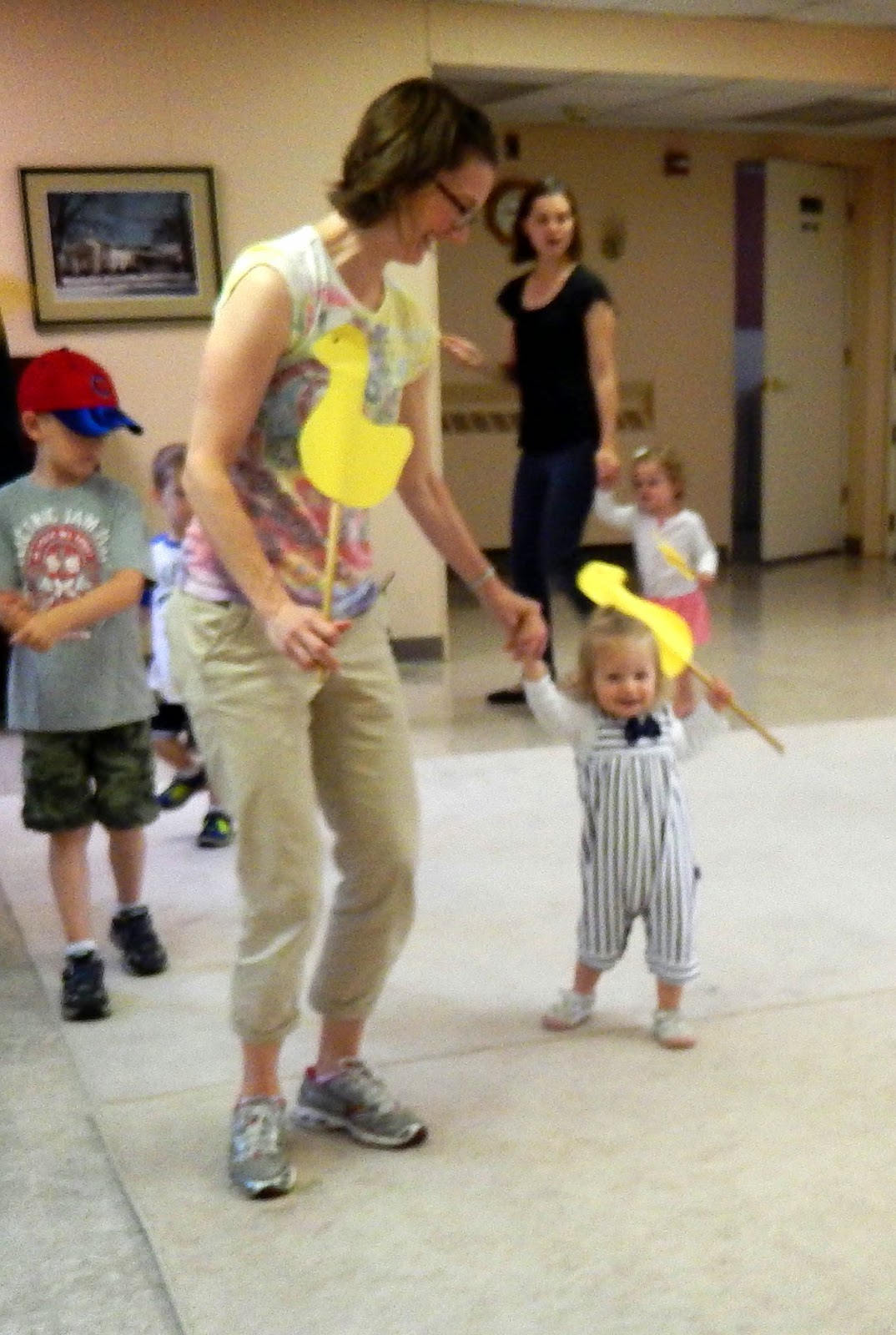





.jpg)
